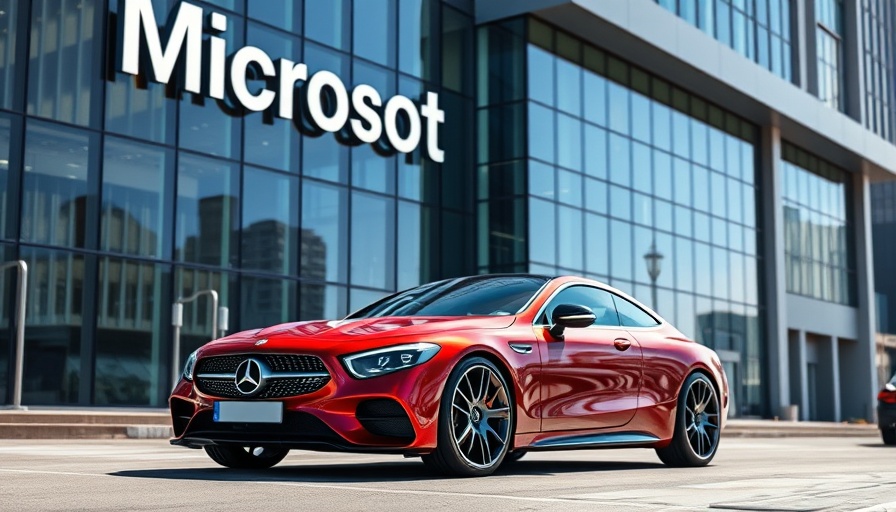
How One Homeowner Maximized Energy Monitoring with SDR
Meet Jeff Sandberg, a tech-savvy homeowner from California who has taken energy efficiency in his home to the next level. With a commitment to sustainability, he added solar panels and battery storage, but soon found that his energy usage statistics were far from complete. Heavy appliances were bypassing his solar backup, leaving significant gaps in his energy profile.
The Solution: Using Software-Defined Radio (SDR)
To bridge this information gap, Jeff creatively utilized a software-defined radio (SDR), specifically the RTL-SDR. This economical tool can pick up signals from smart utility meters, allowing him to compile comprehensive data about his energy consumption. In the USA, most smart meters broadcast their data, making it accessible with the right technology.
Integrating Data for Improved Insights
Jeff integrated this newly acquired data into the Home Assistant—an open-source home automation software. Initially, his system only recognized half of the home's energy consumption due to the wiring setup, which led to significant underreporting of his actual usage. Through clever implementation of SDR technology, he was able to decode wireless data from his electric meter, allowing for real-time statistics and better overall management of energy use.
A Pattern for Future Homeowners
For those planning to enhance their homes with similar smart technology, Jeff’s experience provides a roadmap. With the documentation he’s shared, DIY enthusiasts can replicate this setup. By combining SDR with tools like rtl_amr and NodeRed, homeowners can track not only their power consumption but also manage costs during peak hours.
Privacy Considerations in Smart Home Data
While accessing utility usage statistics may seem harmless, issues of privacy are emerging. Some community members commented on the implications of broadcasting energy profiles, questioning potential risks of revealing household routines. Ensuring that data is secured and private must be a priority as more homeowners embrace smart solutions.
Expanding Beyond Electricity: Gas and Water Monitoring
The capabilities of SDR technology don’t stop at electric meters. Jeff's innovations hint at expansions into monitoring water and gas usage too. Given that many meters operate on similar broadcasting principles, similar techniques could glean critical insights into myriad household utilities.
Taking Action: Your Smart Home Journey
Is your home technology giving you the full picture? If you're like Jeff and have invested in smart appliances or renewable energy but find gaps in your monitoring, consider exploring software-defined radio technology. Not only does it enhance your understanding of energy consumption, but it can also unlock a new level of control over household energy management.
With every innovation in home automation, California homeowners can take significant steps towards sustainable living while keeping their energy expenditures in check. Don't miss out on the opportunity to integrate these technologies into your smart home today!
 Add Row
Add Row  Add
Add 




Write A Comment